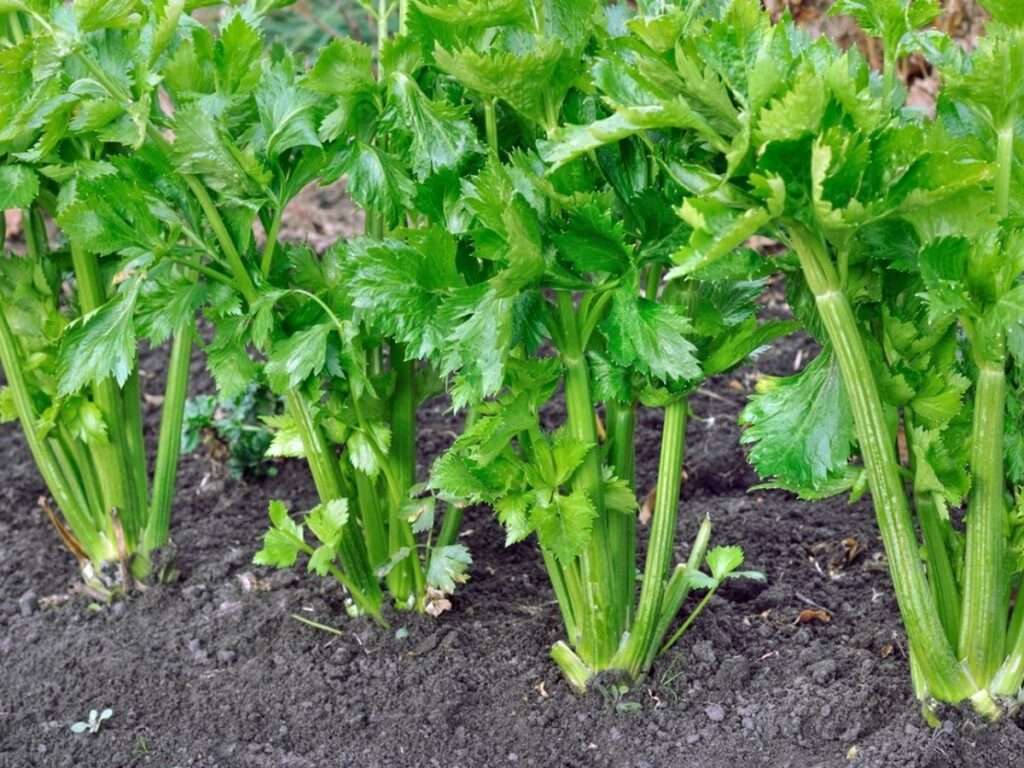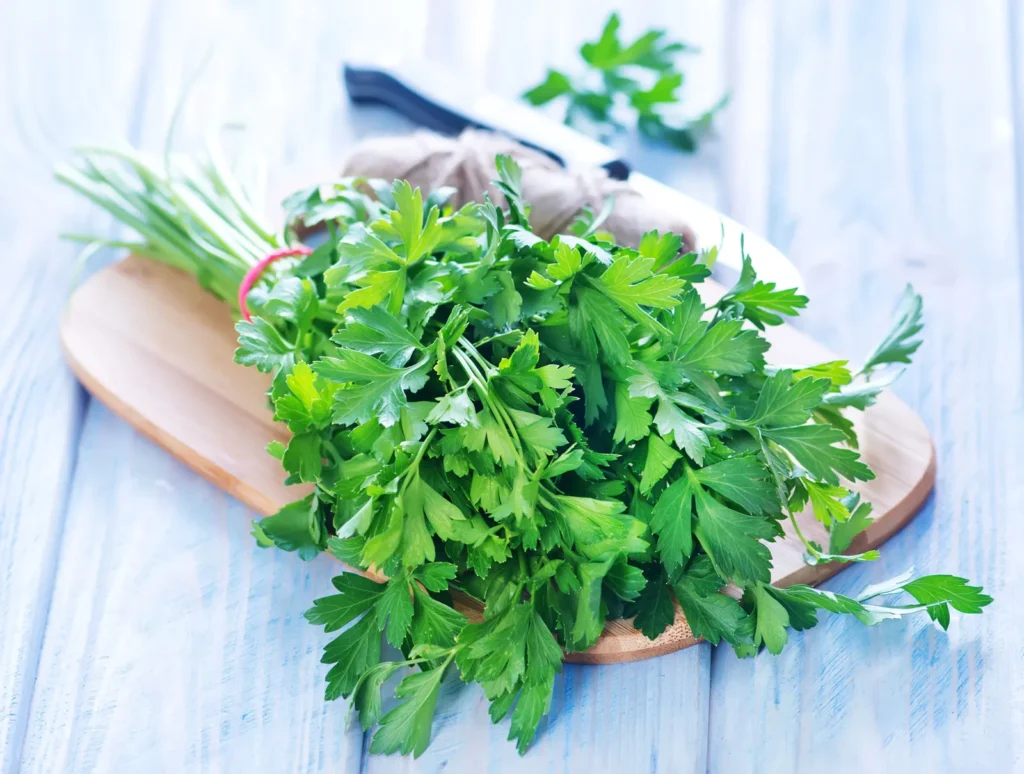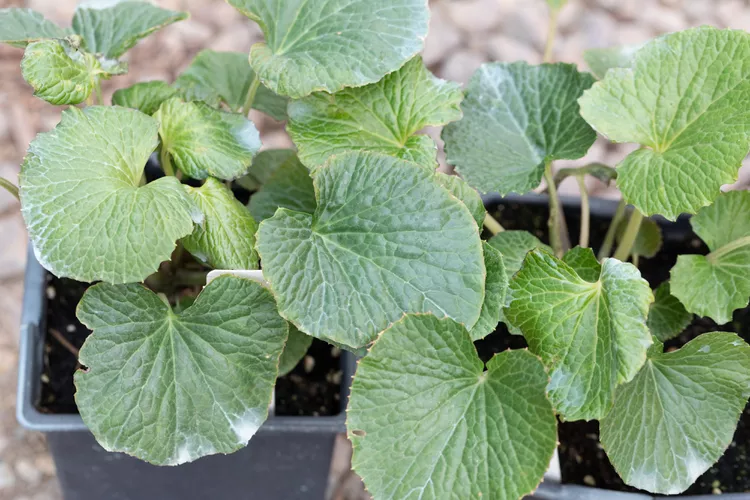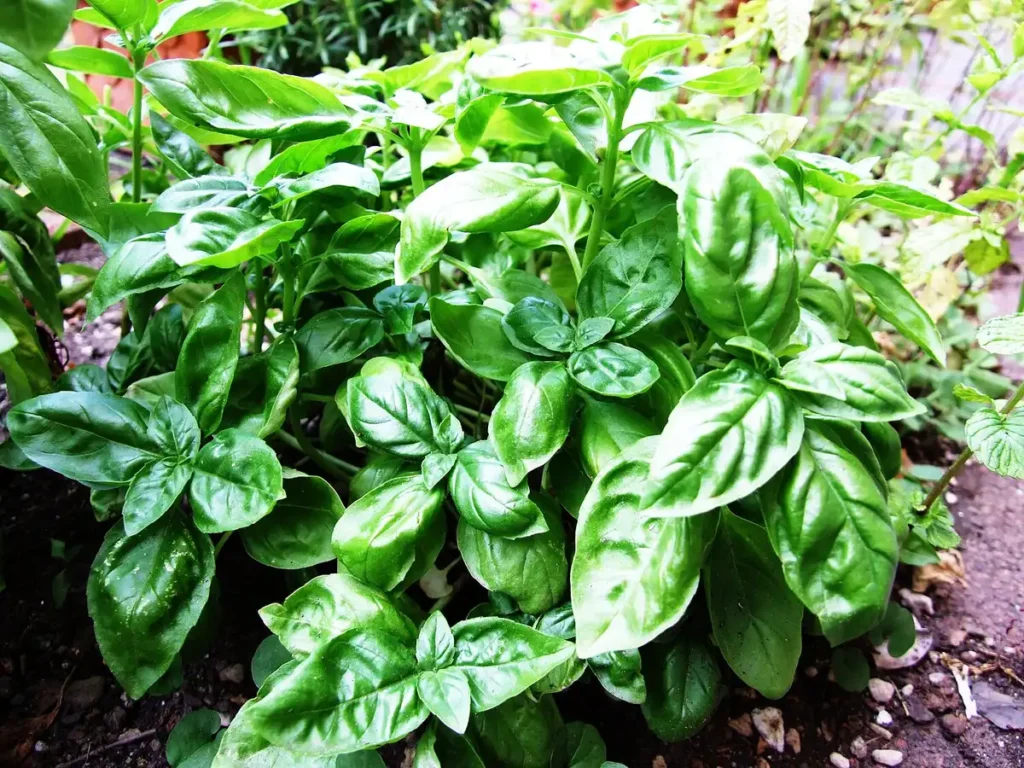
Description
Celery is made up of leaf-topped stalks grouped in a cone and connected at a common base. It grows to a height of 18 to 24 inches. The stalks taste delicately of salt, but not overly so. They are crisp. It is a biennial vegetable that is a part of the Umbelliferae family, which also includes dill, parsley, carrots, and fennel.
Habitat
In both America and Europe, celery is significant. Its habitat spans Asia from the Caucasus (Bluchistan) to the Indian Himalayas, and it stretches south from Sweden to Algeria, Egypt, and Ethiopia. You can find wild celery in Egypt, some European countries, and several regions of Asia that are wet or swampy.
Uses
Although celery is most commonly associated with its highly valued stalks, the leaves and roots can also be used as a natural remedy and as a food or spice. Apigenin is a plant component found in celery that has anti-inflammatory, antibacterial, antiviral, and antioxidant properties used in traditional Chinese medicine. It might possess qualities that aid in the fight against cancer.

Varieties
The best quality varieties are those that are still green when they are ready to eat, such as Utah and Pascal.
Plant Care
- Soils
For optimal growth, celery prefers sandy, organic, well-drained soils that are rich in organic matter. When the location is properly prepared, celery can be grown in most Utah soils.
- Planting and Spacing
Celery is grown from seed, which is sown around February 1st and then, depending on your region, transplanted in April or early May. Plants should be spaced 12 inches apart from one another in rows that are 2 feet apart. Tall growth and long petioles can be forced with a tight planting.
- Mulches
Mulch made of black plastic warms the soil, retains soil moisture, and aids in weed control. For a crop like celery, earlier planting is required, and plastic mulches make this possible. Compost can also be used as mulch to help keep moisture and suppress weeds.
- Water
Adequate watering is necessary for a successful crop of celery. During the growing season, celery requires at least 1 to 2 inches of water each week from irrigation or rainfall. Celery has a short, shallow root system, so while watering, make sure the soil is completely soaked. Any year-round water stress makes the stalks stringy and imparts a pungent flavor. Regular watering, especially before harvesting, keeps celery crisper and tastier. Drip irrigation is one of the most effective ways to water celery.
- Fertilization
Celery reacts to additional fertilizer in addition to the fertilizer applied during planting in order to deliver the best results. After transplanting, side dress with nitrogen at a rate of ¼ cup (21-0-0) per 10 feet of row at 4 and 8 weeks.
Table





